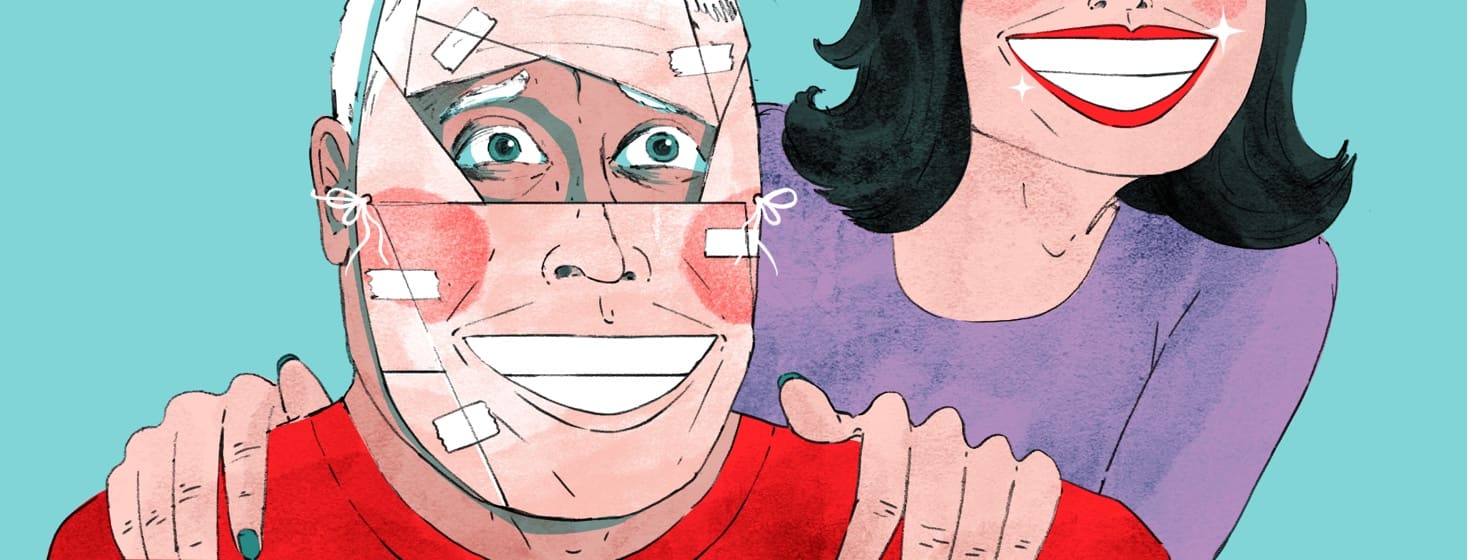The Lies I Told Myself Before Diagnosis
It’s roughly twenty years since I first noticed my symptoms. Eight years later I would finally hear them referred to as clear indicators that I had ankylosing spondylitis.
During those years of unidentified pain I often told myself things that were untrue and unhelpful. Things like “it can’t be a serious back issue if the doctor isn’t worried” or “I must have a low pain threshold” and “it’s not that bad”.
Featured Forum
View all responsesNone of those things were true
It really was serious. I have a higher than average tolerance to pain, and what I was trying to silently put up with was… well, you know how bad the pain can be. Looking back now I wonder what might have been different if I’d been more honest with myself and those around me.
I probably would have been more insistent with my doctors and may have received a diagnosis years earlier. I might have begun treatment or started lifestyle interventions before the disease had truly taken hold and started changing the structure of my bones.
The best part of a decade passed by as I endured this unexplained pain. It would come and go with no real pattern, and each time it subsided I would all but forget about it and move on.
I always found something to blame
I found other things to blame for the pain that often saw me wandering around the house after midnight; it was the too-long drive, the heavy thing I’d lifted, pushing the pram uphill, carrying the toddler on one hip. And it was all those things, but none of them really.
The odd thing was, I was no stranger to AS. Two of my mother’s three marriages had been to men who suffered from AS (bizarrely, not my own father as I had inherited the HLA-B27 gene from my mother). I knew it as a disease that only affected men, so it was the last thing I imagined for myself.
Thankfully, a very switched-on doctor caught me on a day when I could no longer pretend the pain was bearable. He was compassionate and smart and joined the dots in a way no one else had been able to do. Within a week I had a confirmed diagnosis of AS.
Relief
The relief I felt almost outweighed the scariness of the diagnosis. It was so gratifying to know I hadn’t just been making this up or exaggerating how I’d been feeling. I didn’t know the term back then, but now I would say I had been gaslighting myself for years, trying to tough it out but in reality causing myself physical, mental and emotional damage.
These days I acknowledge my deep need to be authentic. It’s one of my core values. No more pretending to myself or others that things are OK when they aren’t, whether that’s in relation to my health or any other aspect of my life.
There are lots of other implications too. I no longer lie to myself or others about being fine when I’m not. I don’t put up with out-of-control pain, I respect myself enough to seek out a solution and get on top of it as fast as possible.
I don’t say yes to things that aren’t going to support my health or wellbeing in general. I don’t sit passively with doctors or other experts and accept everything they say as doctrine in relation to my body.
I now know that when it comes to my health, the expert is actually me.

Join the conversation